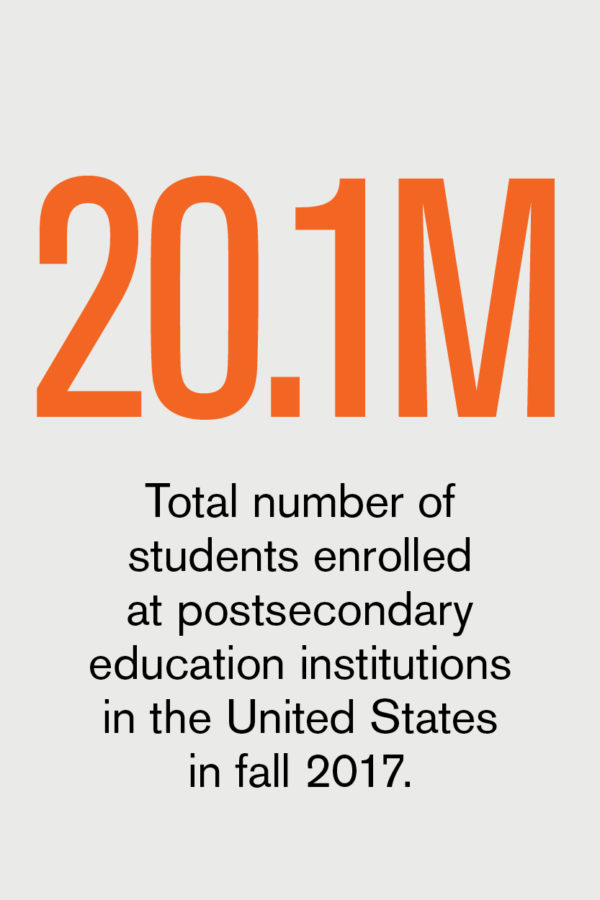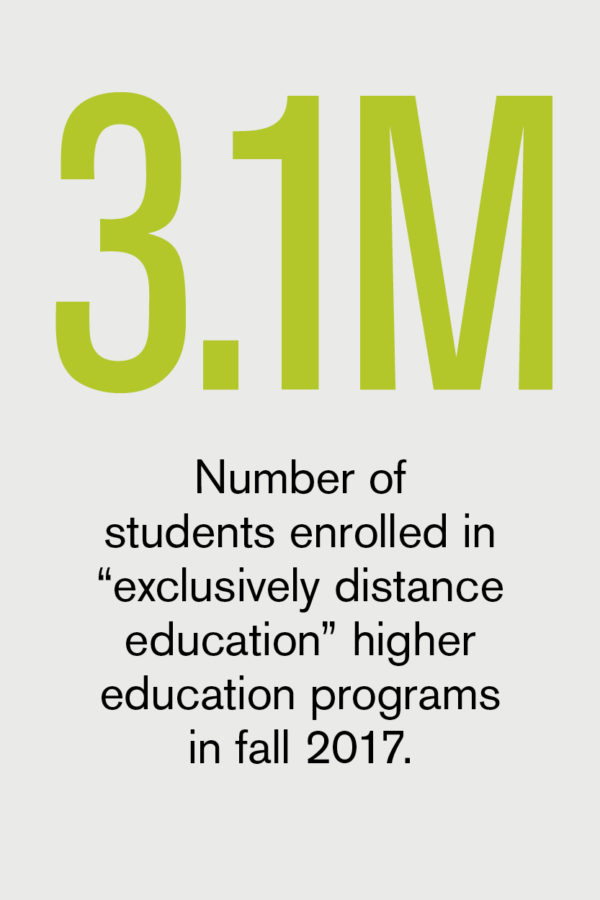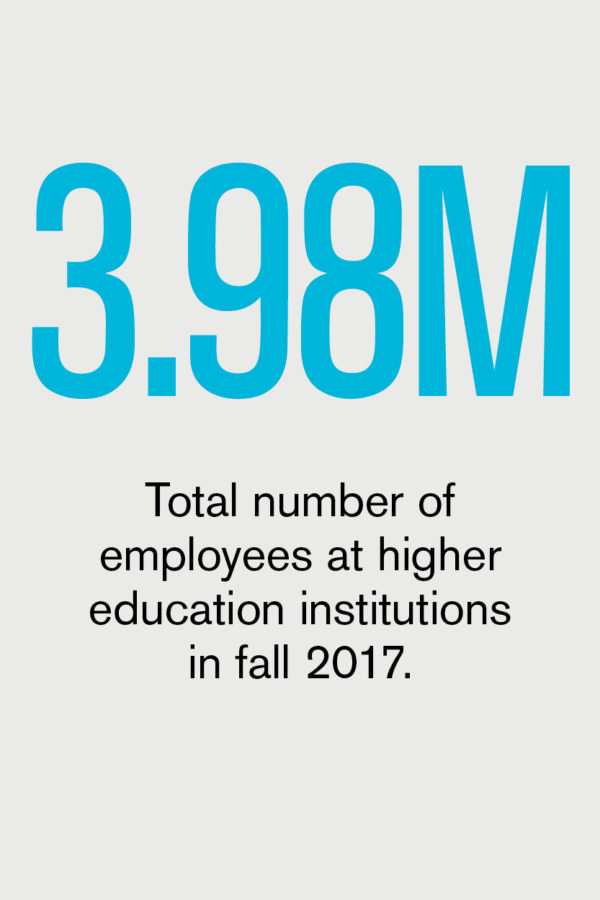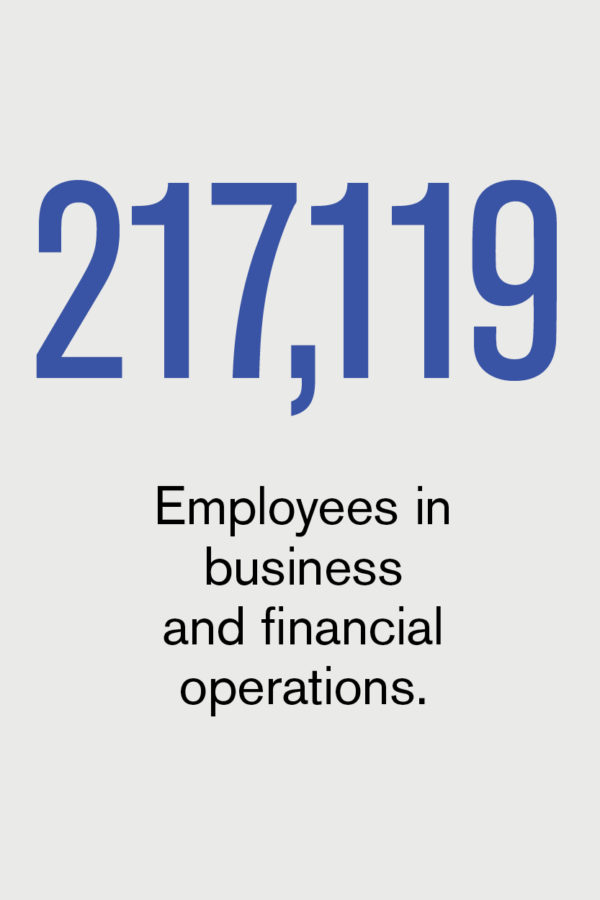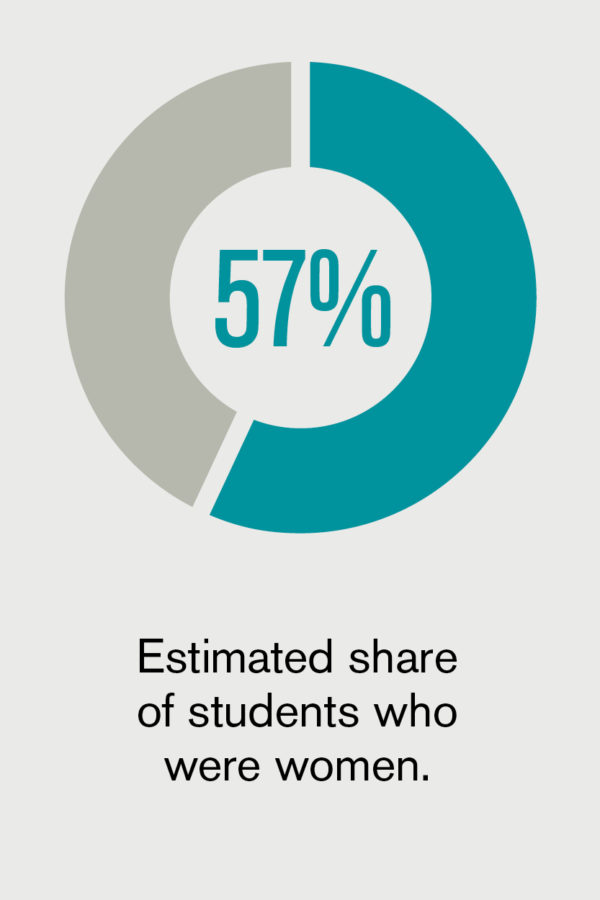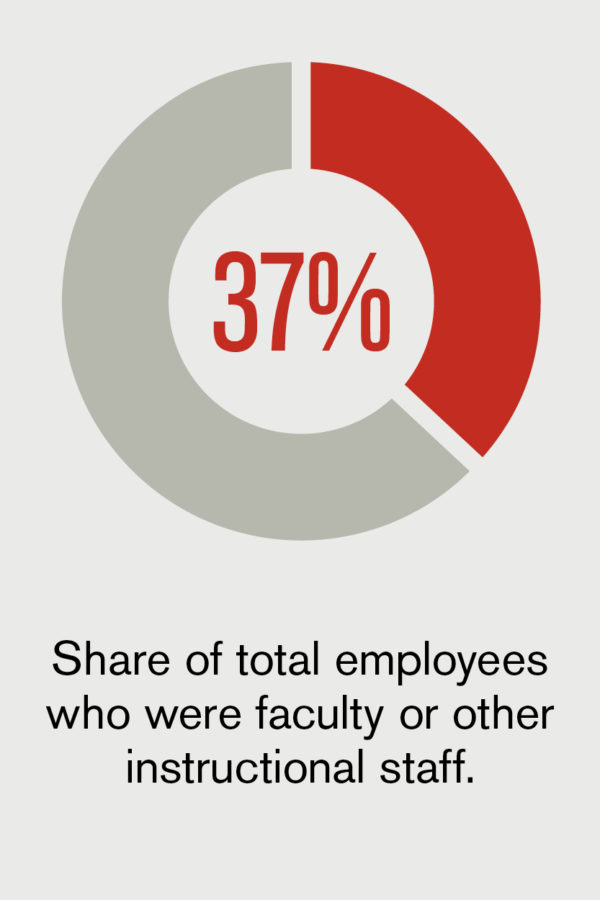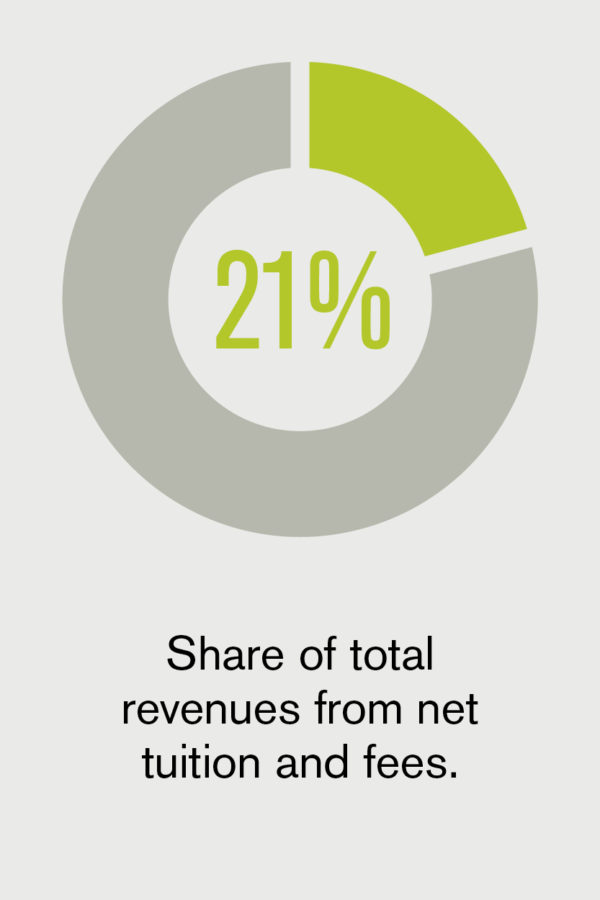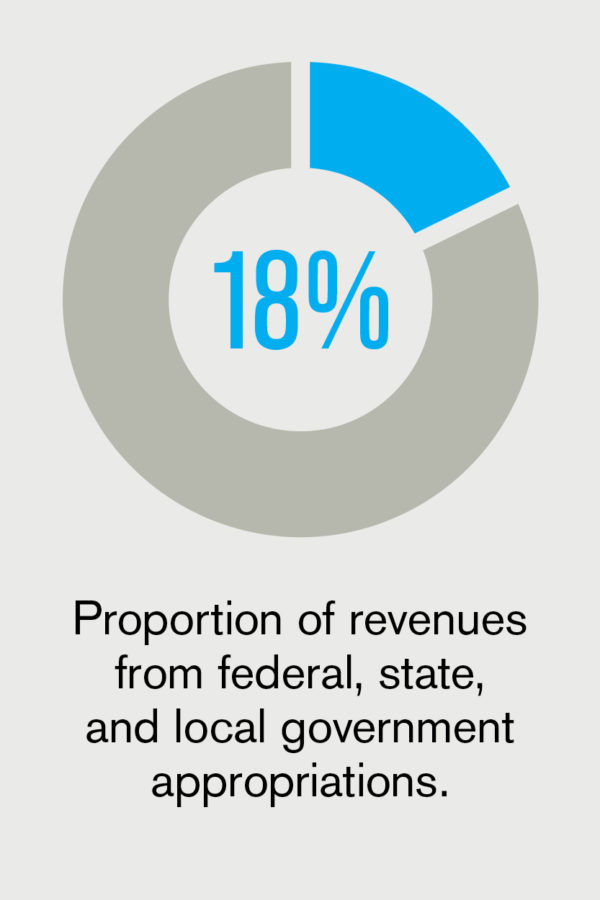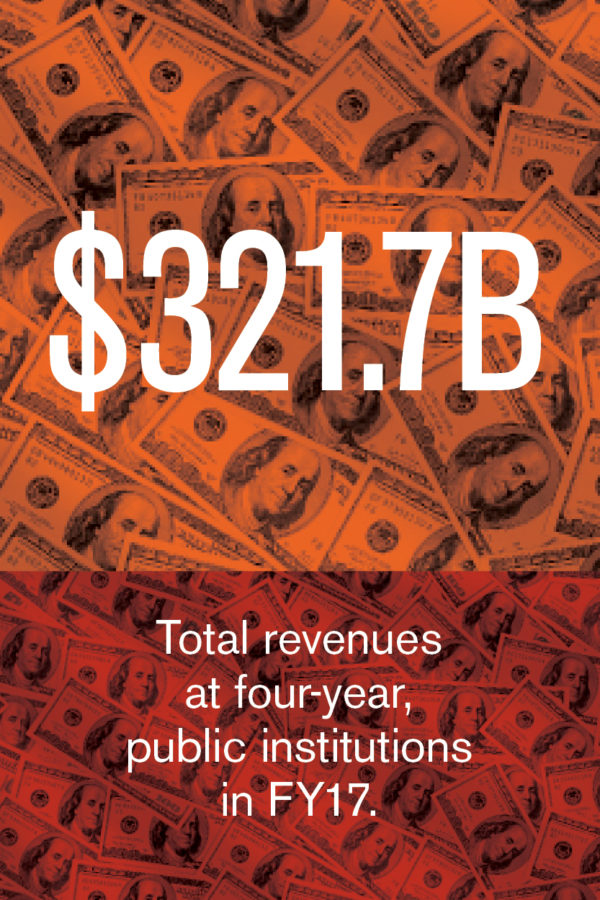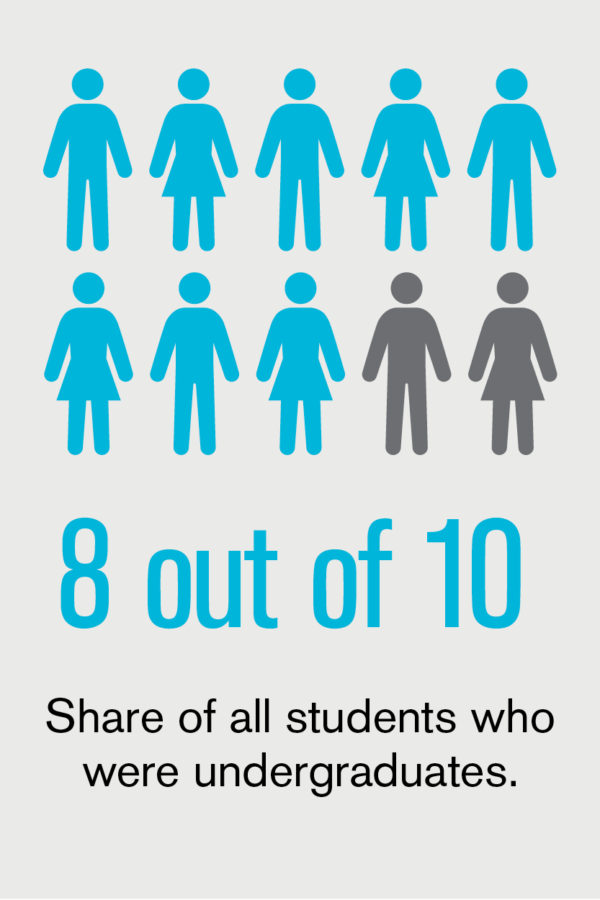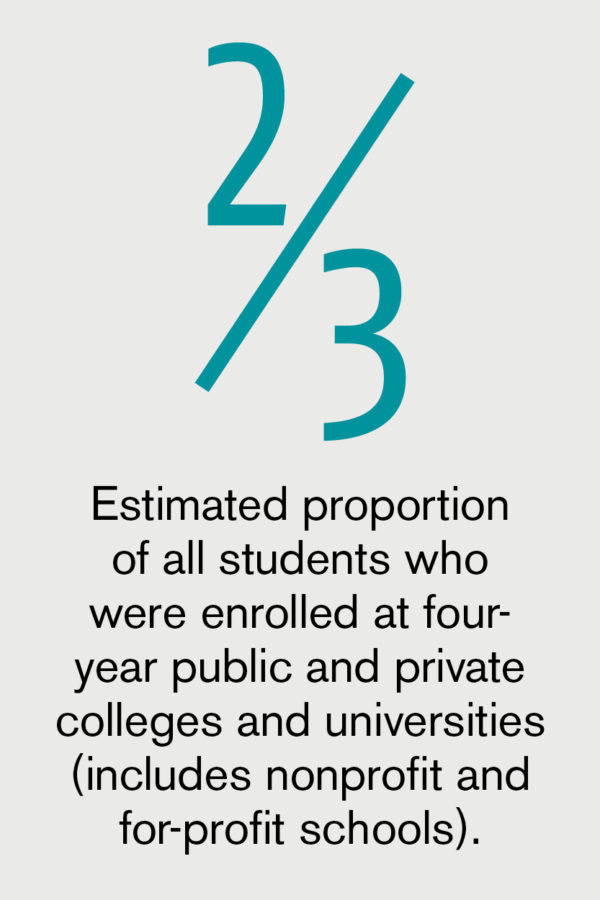An important aspect of any food-assistance initiative is removing the stigma associated with seeking help, says Jessica Medina, coordinator, California State University (CSU), Fresno’s Food Security Project.
One way her institution normalizes the use of its Student Cupboard pantry is by making it available to all students, with no requirements to access the pantry other than current enrollment in classes.
The university also purposely does not collect or report personal data such as ethnicity or gender in connection with students who access the pantry, says Medina. “What we don’t want is for a particular student segment to stop coming in or accessing services because the students feel singled out.”
A certain level of anonymity is also preserved in daily operations. For example, while student volunteers help stock shelves and prepare hygiene packs, they aren’t present during pantry open hours, notes Medina. (Read also “The New Food Fight” in the September 2018 issue of Business Officer magazine.)
To further destigmatize food assistance, Medina advises getting the word out about your services early and often. She conducts presentations that highlight the multiple resources available to students, starting the first week of classes and continuing throughout the year. These resources include the university’s pantry, help with signing up for federal nutrition assistance, and appointments with a clinical case manager on staff with whom students can discuss what is driving their need.
Educate Everyone
It is equally important to educate faculty and staff about the real-life struggles of students, says Medina. “Faculty members need to understand that a student might not be falling asleep in class because he or she is bored or partied too much the night before. That student might be tired from sleeping in a car and because he or she hasn’t had a real meal in days.” It’s also important to educate faculty and staff about what services and resources are available, so that they can pass that information along to students as well.
“Our aim is to make this challenge real, to make this an open conversation on campus so that there is a level of awareness about actual student experiences on a daily basis,” says Medina. To that end, she encourages hosting open conversations about food insecurity with students in the broader context of what college life is like, including the range of pressures and stresses students face today. “Encourage students to share their stories, and find faculty or staff members who can talk about their own struggles while in college,” suggests Medina.
Normalize Program Use
Reducing the stigma surrounding food insecurity is a large part of the culture change sought by those working to address issues of student hunger at Portland Community College, notes Stephen Arthur, manager of student life for PCC’s Sylvania Campus, Portland, Ore. “This can come through even in small ways, like providing a shopping experience for students in our food pantries where students can self-select and customize from the list of available items what they want to put in their bags, rather than simply handing them a bag of prepacked items.”
In addition to serving as the primary conduit for pantry funding, the institution’s PCC Foundation generates additional scholarship and bridge funds for a variety of student financial assistance needs, including child care and transit subsidies, notes Dee Wilson, PCC’s bursar. Wilson participated in an earlier housing and food insecurity task force for the college. “One clear aim from that was the need for us to get the word out about the full menu of programs and services the college provides.” Her office worked with PCC’s Web team to create a new student life resource page providing links to all PCC programs and services along with grant information and applications.
It’s also important for campuses to recognize that, when it comes to advocating for themselves, students have a wide range of comfort levels. “Whenever we train individuals to assist students, or however we advertise our services, we are working to normalize the use of these programs the same way as any other program and service on campus,” says Arthur.
Not making food assistance a separate message is the approach taken by St. John’s University, Queens, N.Y., as well. Kathryn Hutchinson, vice president for student affairs, says her institution’s overarching goal is to provide more wraparound services to students. “We appeal directly to faculty by including information about how to refer a student who presents with financial concerns or food insecurity alongside other services they refer students to—whether for academic tutoring or career advising,” notes Hutchinson. “When you include food assistance with the full list of student services, that helps reduce the stigma attached to seeking help.”
KARLA HIGNITE, Fort Walton Beach, Fla., is a contributing editor for Business Officer.






